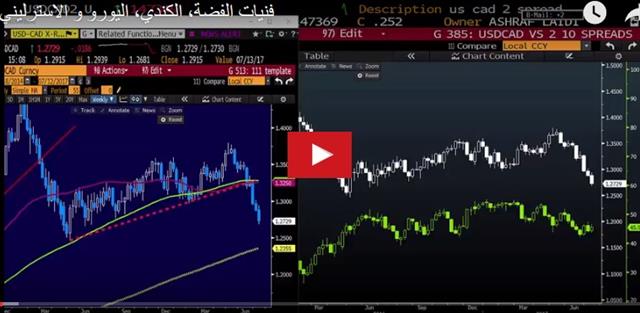A Bank of Canada rate hike wasn't even on the radar a month ago but on Wednesday the BoC joined the Fed and is the second major central bank to hike rates. What's more, as we anticipated, it was a hawkish hike and it sent the Canadian dollar much higher. We look at the major global shift ongoing in central banks. Below is the Premium subscribers' video on technicals underpinning CAD, USD-CAD spreads, GBP/USD, EUR and silver.


The Bank of Canada hiked rates and didn't give any indication it was a one-and-done or two-and-done scenario. Poloz was more optimistic about the outlook for the economy and inflation than at any time in his tenure.
USD/CAD fell 40 pips on the decision, which was largely expected, and another 200 pips on the outlook. The pair hit the lowest in 13 months and the market is now pricing in a 35% chance of a second hike in September with another hike 71% priced in before year end.
There is an increasing believe in central banking circles that growth is picking up. At the start of the year, the US was supposed to lead the charge but Europe, Japan and others have outperformed while the US could give global growth a second wind of tax reform ever happens.
The market is skeptical to buy into what central banks are touting because they've been wrong before. This time though, the consensus is so broad and it's back by so many different central banks that it's tough to ignore. Even with lone inflation, central banks are increasingly pointing to growth prospects, financial risks and forecasts for future inflation as reasons to hike. That newfound determination is likely to last, at least through year-end.
The lone holdout is the BOJ, which Nikkei reports is considering downgrading 2017 and 2018 CPI forecasts, likely on energy prices.
What that sets up is a divergence where the yen underperforms nearly everything. One chart worth a close look is CAD/JPY. It broke a major double top Wednesday and has traced out an inverted head and shoulders pattern.
